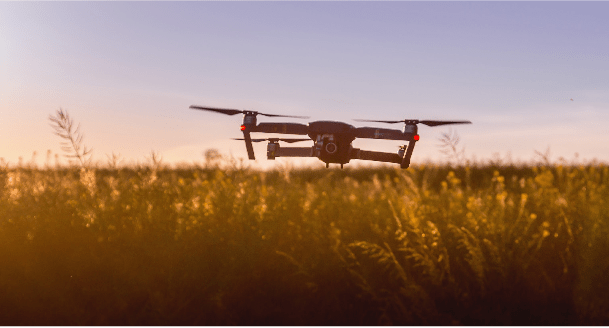
“H.R. 4 was introduced in the House today by the entire bipartisan leadership of the Committee and its six subcommittees, including Transportation and Infrastructure Committee Chairman Bill Shuster (R-PA), Transportation and Infrastructure Committee Ranking Member Peter DeFazio (D-OR), Aviation Subcommittee Chairman Frank LoBiondo (R-NJ), and Aviation Subcommittee Ranking Member Rick Larsen (D-WA),” says the House press release.
The big news in the bill is disaster recovery reform, after this past year’s series of natural disasters indicated the need for quick mobilization of the nations recovery forces. “The introduced bill also includes the bipartisan Disaster Recovery Reform Act (DRRA), legislation that received overwhelming support in the House in December as part of an emergency disaster aid package.” says the release.
As of now, the package doesn’t contain any stunning news for drone operators. But the drone industry should watch developments and negotiations carefully, particularly recent calls from the commercial industry for the repeal of Section 336, protecting recreational flyers from new regulations.
The FAA Reauthorization Act:
- Establishes processes to accelerate implementation of low-altitude unmanned aircraft system traffic management (UTM) system.
- Expedites safe deployment of commercial UAS by creating a risk-based permitting process.
- Fosters development of sense-and-avoid technology at UAS test ranges.
- Establishes a streamlined process for the FAA to permit the operation of small UAS for certain uses.
- Requires a DOT study on the privacy implications of UAS operations.
- Directs the DOT Inspector General to assess the FAA’s small UAS registration system and requires FAA to develop and track metrics to assess compliance with and effectiveness of the system.
- Directs the DOT Inspector General to study the potential roles of state and local governments.
- Requires the Comptroller General to study financing options related to regulation and oversight of UAS.
- Increases transparency by requiring FAA to publish information on approved small drone waivers and airspace authorizations, and to provide real time data on application status.
Representatives are expressing confidence that this bill can go through, after finally abandoning their efforts to get consensus on the AIRR Act, which contained a controversial measure proposing privatization of the FAA’s Air Traffic Control.
“Our aviation system is essential to our economy and to the American way of life,” said Chairman Shuster. “This bill provides many important reforms that will help U.S. manufacturers and job creators lead in a very competitive global marketplace….”
“This FAA authorization is the culmination of years of hearings and listening sessions to solicit input from aviation stakeholders, commercial passengers, general aviation pilots and our colleagues,” said Chairman LoBiondo. “In the truest sense, this legislation represents bipartisan cooperation and compromise to advance the Nation’s aviation interests and safety in the skies. Moving a five-year FAA bill with broad bipartisan support through the Congress and to the President’s desk is my top priority as I wind down my Chairmanship of the Subcommittee.”
Miriam McNabb is the Editor-in-Chief of DRONELIFE and CEO of JobForDrones, a professional drone services marketplace, and a fascinated observer of the emerging drone industry and the regulatory environment for drones. Miriam has penned over 3,000 articles focused on the commercial drone space and is an international speaker and recognized figure in the industry. Miriam has a degree from the University of Chicago and over 20 years of experience in high tech sales and marketing for new technologies.
For drone industry consulting or writing, Email Miriam.
TWITTER:@spaldingbarker
Subscribe to DroneLife here.
